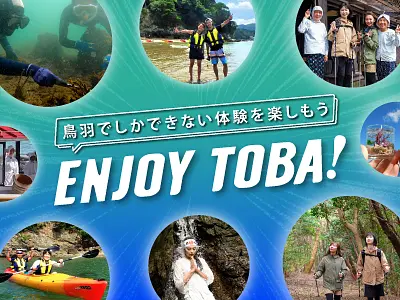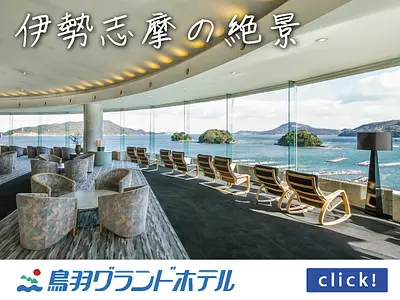AmaHut(Amagoya)experience at osatsu TobaCity“ Hachiman-kamado /Asarihama” ☆
掲載日:2011.10.04
I covered the AmaHut(Amagoya)experience at "Hachiman-kamado Asarihama" in osatsu, TobaCity where the most active ama divers live in Japan♪ (September 2011)
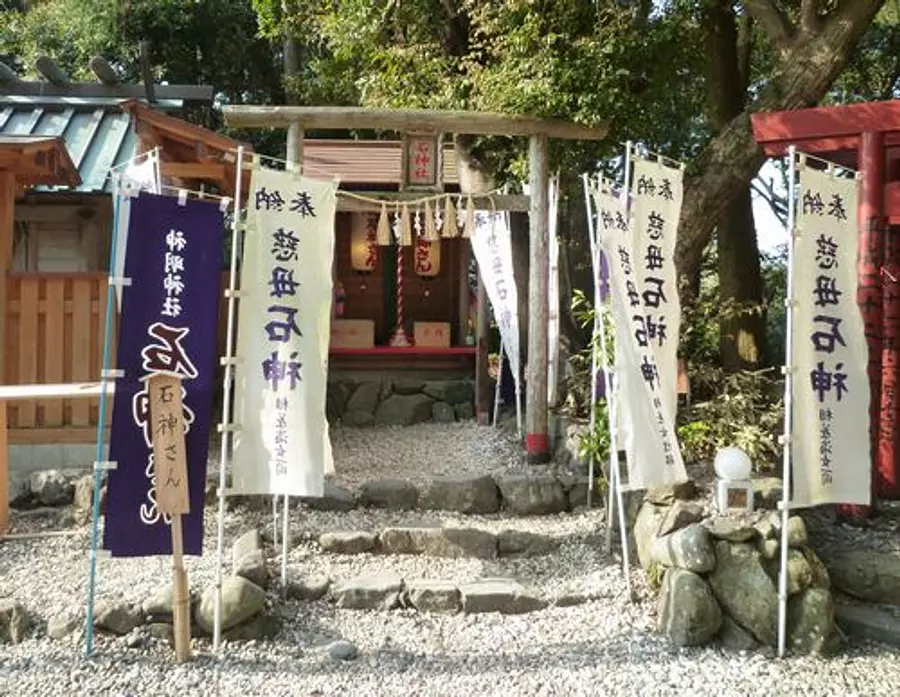
osatsu is also famous for its `` Ishigami-san'' which is believed to be a place where ``a woman's wish will always come true,'' and is visited by many people from all over the country. Maybe it's because there are so many osatsu in Osatsu.
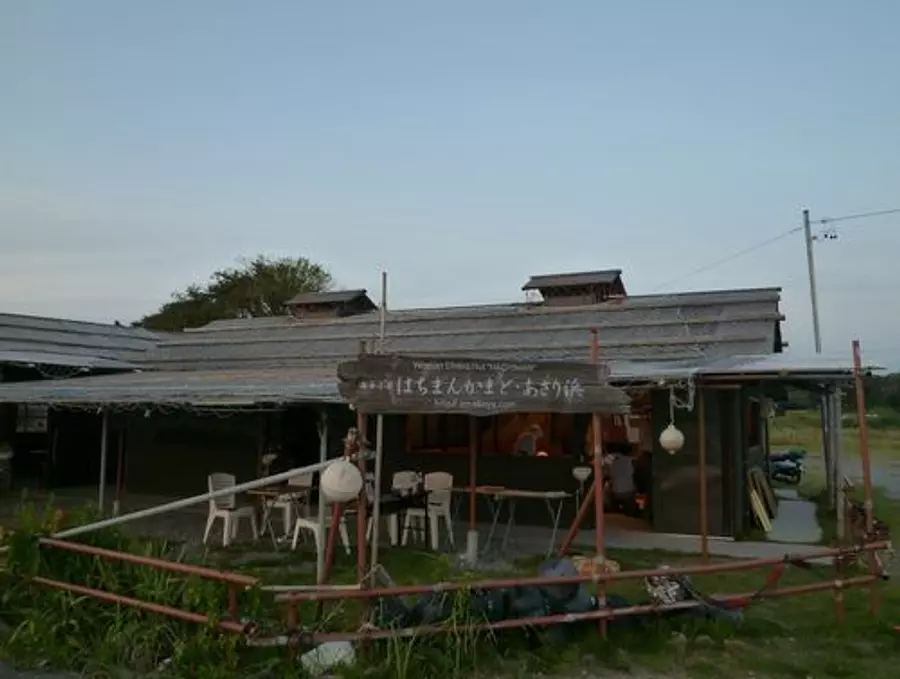
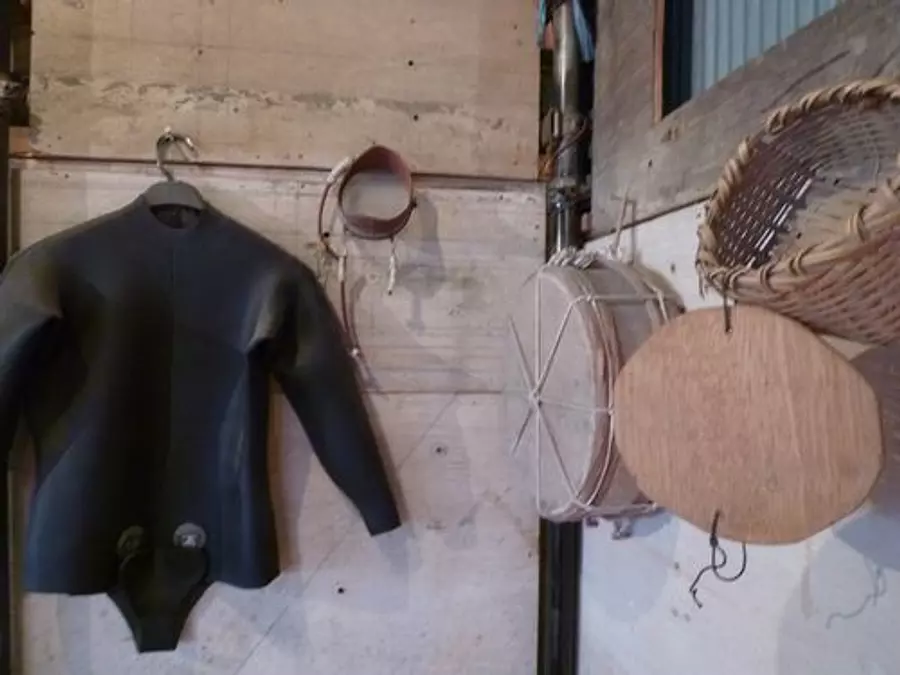
The `` AmaHut(Amagoya)AmaHut(Amagoya)'' is a replica of this, where you can listen to the stories of the Ama divers and have fresh seafood grilled by hand in a hearth. This is truly a valuable experience that can only be done in Mie, where there are many ama divers☆ That's why the inside of AmaHut(Amagoya)is decorated with tools used for fishing.
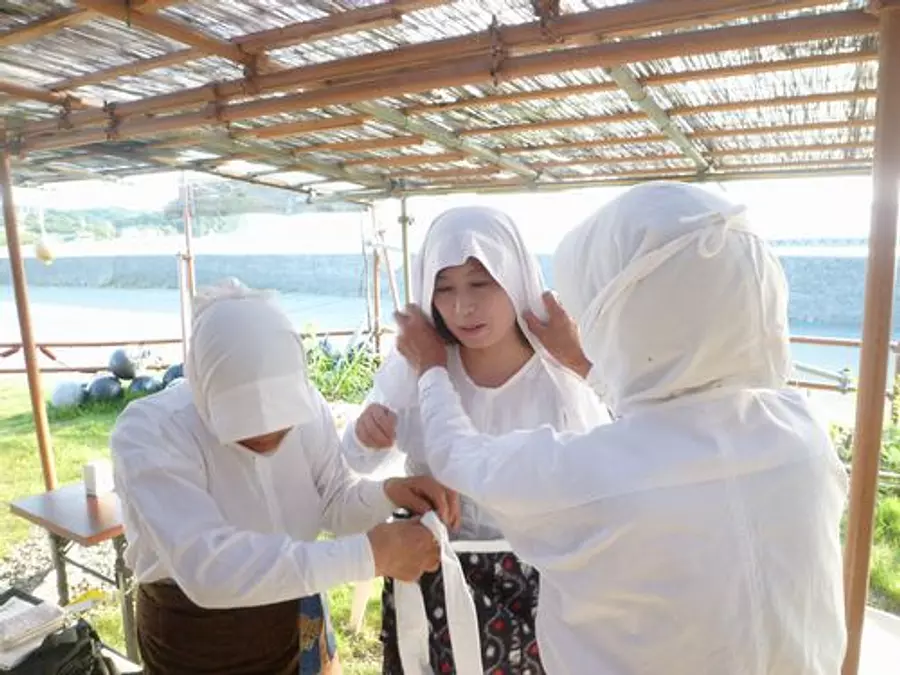
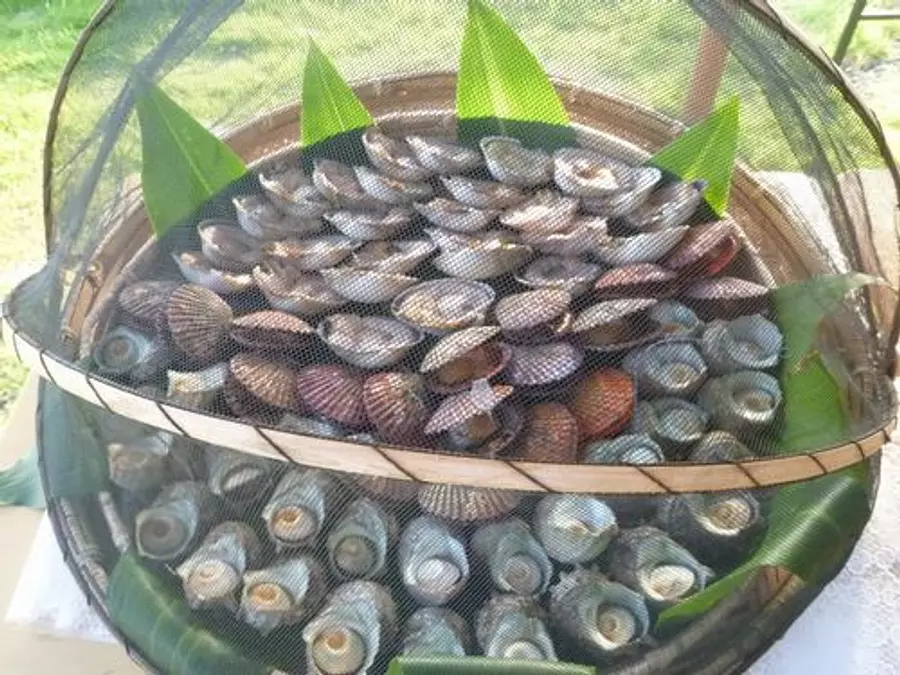
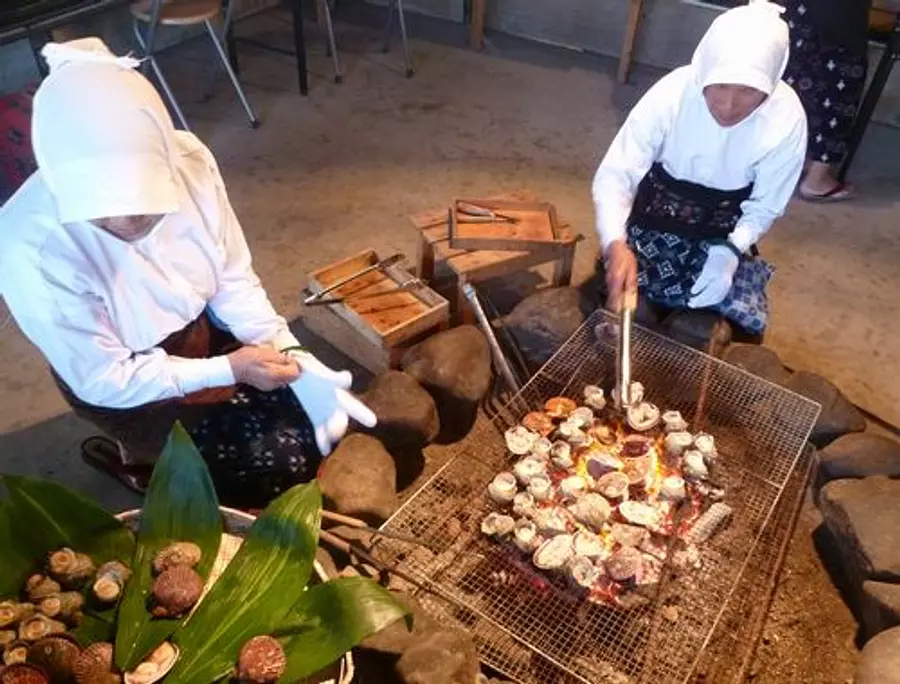
``When we didn't have wetsuits, diving in the sea would not only make your body cold, give you headaches, but also deteriorate your eyesight, making it difficult to catch prey.'' ``We caught large abalone and hard-to-find sea cucumbers.'' ``I was happy when I was born in Osatsu'', ``I'm happy that my grandson enjoys what I catch'', ``I work in rice fields and fields in between fishing dives'', ``Since I was born in Osatsu, I have always been osatsu.'' Very interesting stories such as "I had decided that I would become one" and "I enjoyed chatting at AmaHut(Amagoya)after fishing."
What's more, I was impressed by the lively and happy expressions on the Ama divers' faces when they talked to me. It made me so happy.
Click here for the video
→ http://www.youtube.com/watch?v=uGVwfhRLL9k&feature=youtube_gdata&rel=0
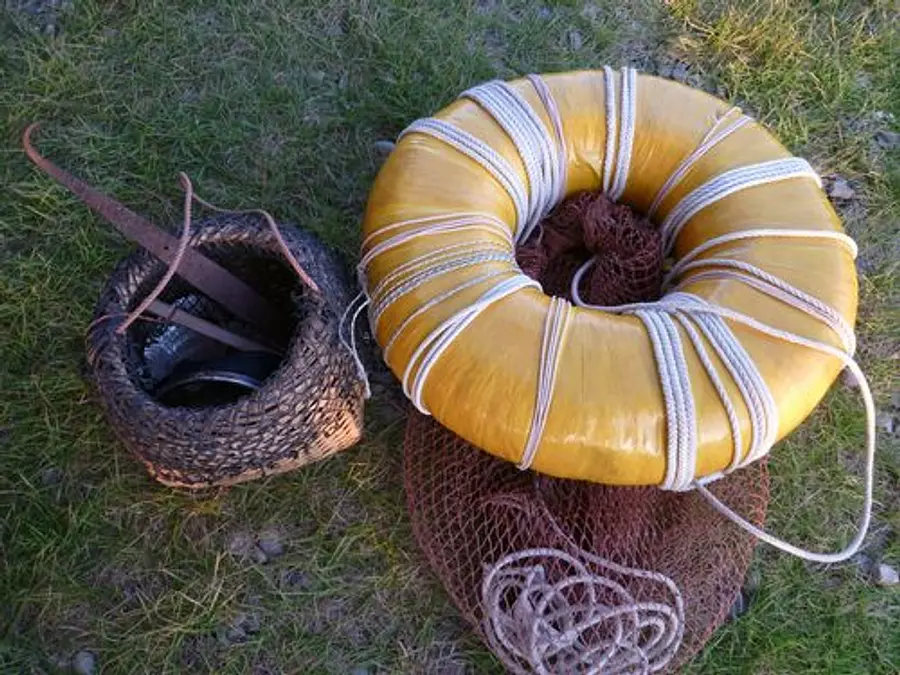
However, on the other hand, because the work is dangerous in the sea, sometimes injuries can occur, and the finger I was shown was slightly bent from being stuck in a rock or fish thorn. You can see that Ishigami-san is being worshiped with great care.
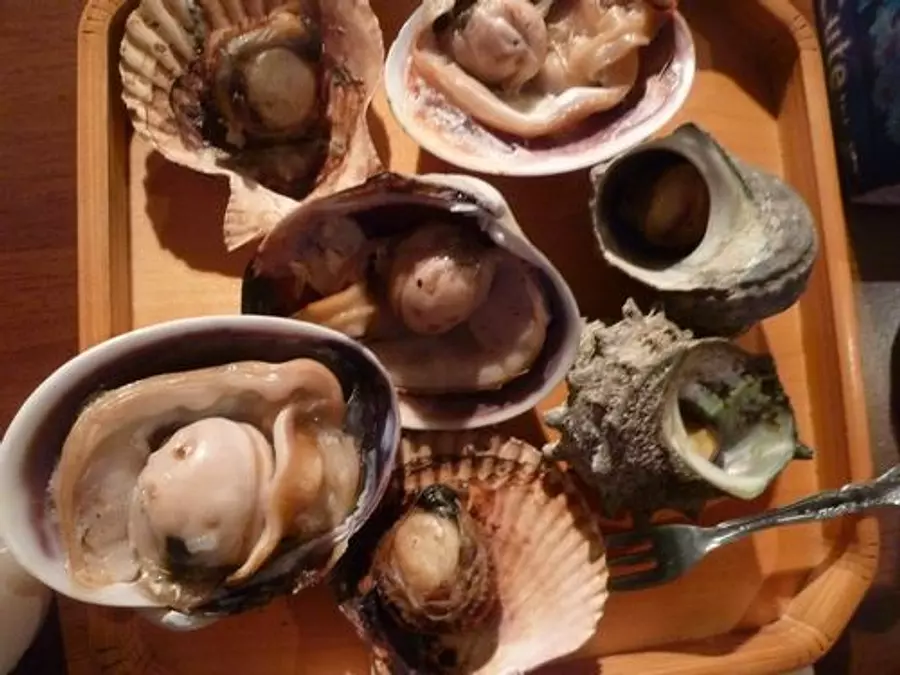
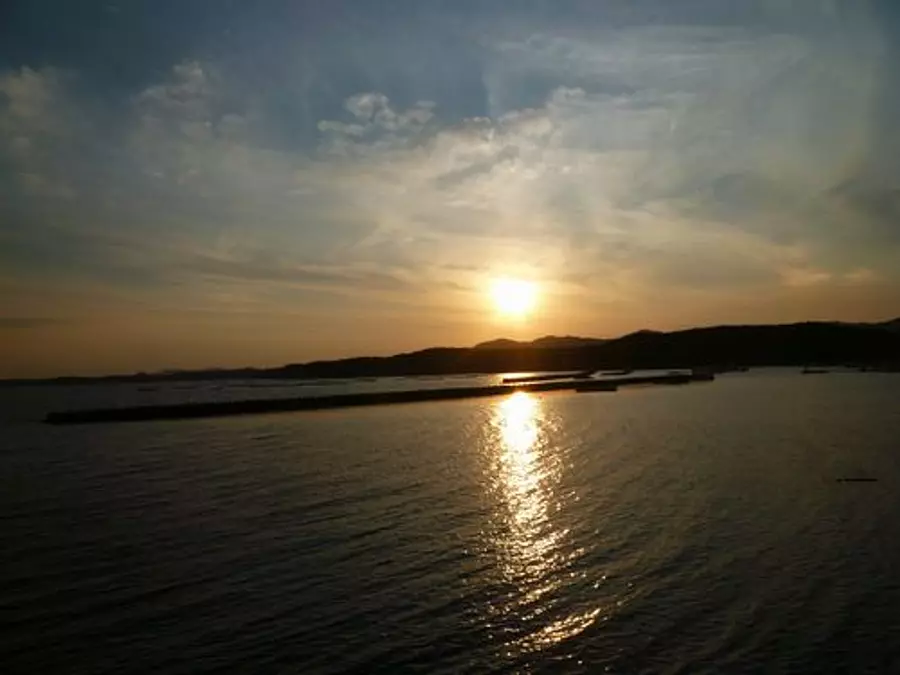
There are four types of AmaHut(Amagoya)experiences: All of them are attractive. Please make a reservation at least two days in advance.
■ AmaHut(Amagoya)cooking experience
1 hour 30 minutes, 5000 yen per person for 2 to 3 people, 3500 yen per person for 4 or more people
This is the basic menu that I experienced this time. In addition to spiny lobster, abalone is also an option (cheap market price).
■Celebrity mood course
・1 hour 30 minutes, 7000 yen per person for 2 to 3 people, 6000 yen per person for 4 or more people
・One abalone or one spiny lobster included in the basic menu.
■Just like a celebrity course
・1 hour 30 minutes, 9000 yen per person for 2 to 3 people, 8000 yen per person for 4 or more people
・A greedy course that includes one abalone and one spiny lobster in addition to the basic menu.
*All events will be held from 12:00 to 13:30, 13:30 to 15:00, and 15:00 to 16:30.
*Depending on the season, it may not be available.
■Snacks experience listening to the stories of Ama divers
・1 hour (after 14:00) 3000 yen per person for 2 to 3 people, 2000 yen per person for 4 or more people
・A course where you can enjoy snacks such as rice cakes and shellfish while listening to stories while drinking tea.
[Application/Inquiries]
Ise Shima Hyoyoshiya Phone: 0599-33-6145 URL: http://amakoya.com
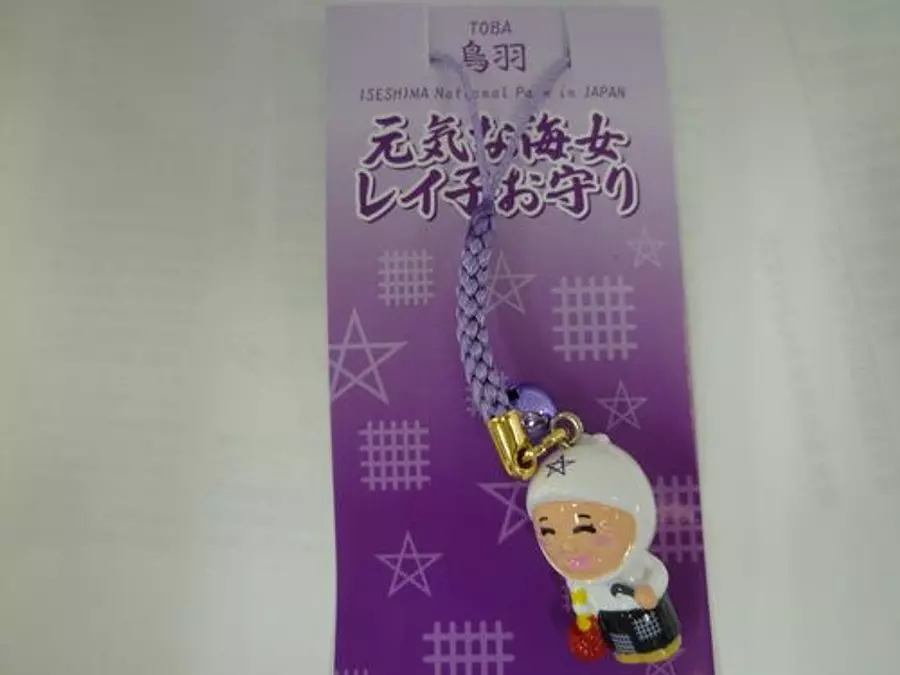
I will treasure the ``Energetic Reiko Ama Amulet'' that I received on my way home.
In addition, the ``Museum of the Sea'', which introduces the long and deep history of the sea and humans, including Ama divers, will hold the 2011 Ama Summit 2011 ``A large gathering of Ama divers from the Japanese archipelago'' from October 29th to 31st, 2011. From October 1, 2012 to January 15, 2012, the 40th anniversary special exhibition ``A Gathering of Ama Divers from the Japanese Archipelago'' will be held, so be sure to check it out as well.
*The information posted is as of September 2011.
| Category | |
|---|---|
| season | |
| area |
Related spots
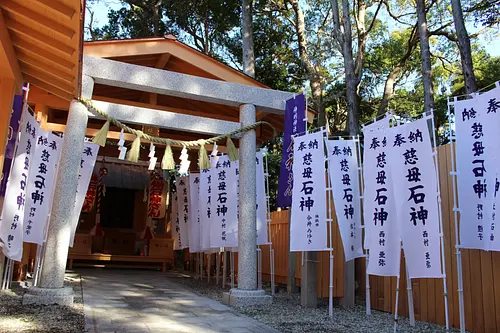
Ishigami-san (Shinmei-JinjaShrine)
Ise Shima
TobaCityIshigami-san Shinmei-JinjaShrine, has long been believed by Ama divers to be able to grant one wish of a woman, and now many women from all over the country come to worship. . Write just one wish on a prayer paper, place it gently in the wish box in front of Ishigami-san and pray. Unique talismans with embroidered stars and grid marks are also popular. Since the star can be written with a single stroke, it means that ``even if an ama diving into the sea, she can return to her original place,'' and the lattice means that ``there is no room for monsters to enter.'' Click here for the special tourism page for Ise, Toba, and Shima!
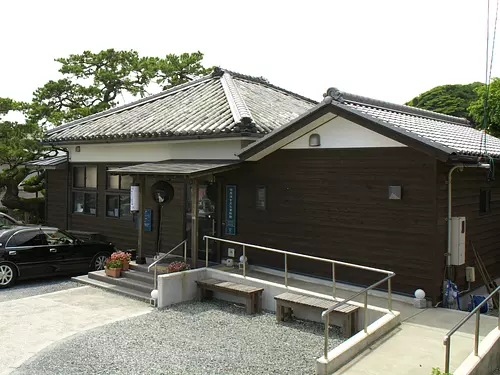
osatsu Ama Cultural Museum
Ise Shima
TobaCityosatsu is a town of divers and fishermen. The largest number of Ama divers live in the Toba-Shima area. At this museum, you can learn about the history and spirit of Ama culture, including displays of tools and Isogi worn by Ama divers in the past. There are also dioramas of old ama divers at work, abalone fishing experiences using models, and works of art with ama themes such as sculptures, paintings, and photographs. From this base, you can walk around osatsu town and talk with the people of osatsu, and you will be able to gain energy from the Ama divers.
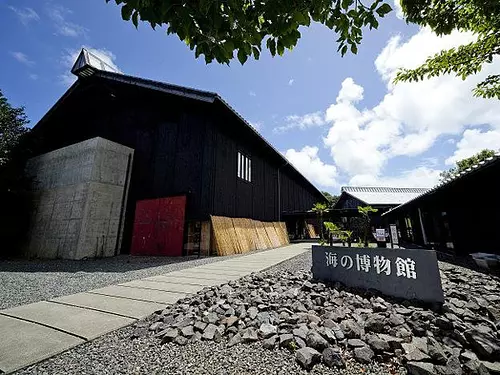
TobaCity Sea Museum
Ise Shima
TobaCityA museum that houses approximately 60,000 folklore items related to the sea, such as ama divers, fishing, and wooden ships (6,879 of which are nationally designated important tangible cultural properties). It introduces the long and deep relationship between people and the sea. The 90 wooden ships collected from all over the country are a must-see. The building has been selected for the Architectural Institute of Japan Award and the Top 100 Public Buildings.

